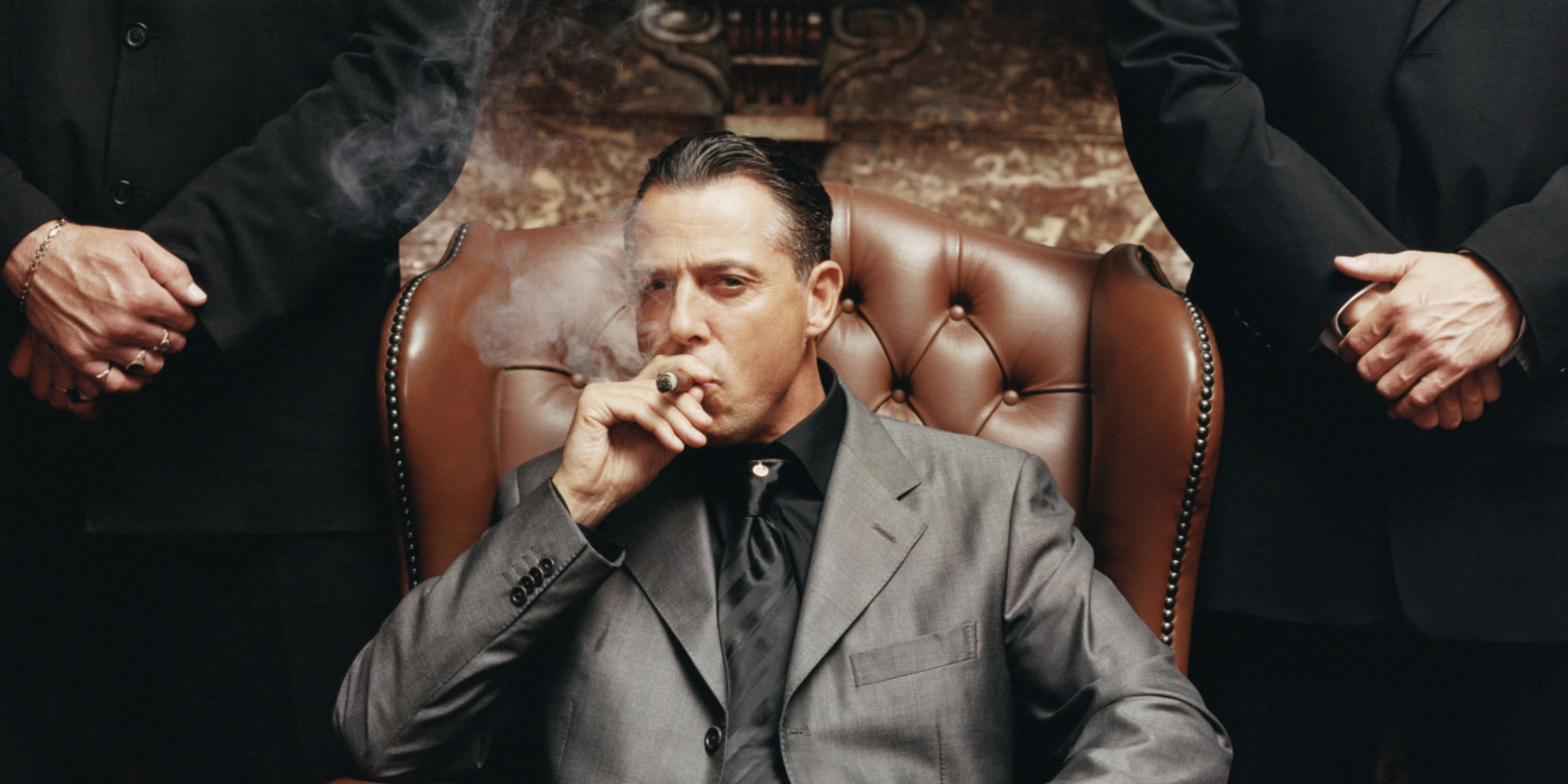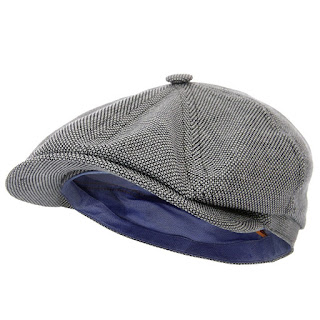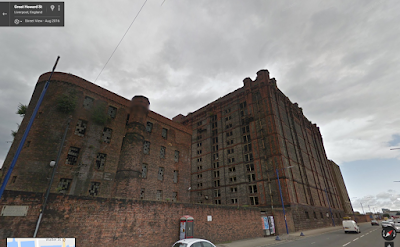So here are the many elements of the wardrobe that have been finalized. Previously you have seen the research I have done going into all the different time periods and trying to find common trends in the separate eras- and this post will give you an overview of all the costumes I will be using on screen, based on familiar archetypes of the decade.
1890
A flat cap in a delivery boy style- which was popular around that time and the audience will without prompting be able to infer that the character is either old fashioned or they have traveled back in time to an older era. This style of hat is commonly associated with the middle and lower class of the Victorian era rather than the classical hot hat stereotypically worn by wealthy people.
A long Black trench over coat- This is suitable as the iconic Old Fashioned Victorian is infamously known for their long trench coats. Not only does it add another layer of complexity to the outfit, it also give a sense of sophistication that modern audiences relate to people of that time having with their 'fancy' canes, pocket watches and long trench coats. Even though the character himself in his time would be considered thuggish.
Underneath the trench coat, we'll have a grey suit (jacket and pants) that is in keeping with the dark monotone colours. But the grey of the suit, along with the grey of the flat cap will continue to make the overall outfit look murky and impure in the same way the character's criminal acts separate him from all the other
rich black suits
Like I just mentioned before, this adds an element of sophistication that we are biased to by seeing people in suits- by seeing him they will presume he is well educated, intelligent and well spoken. (Something the audience of Pop music would be familiar with)
rich black suits
Like I just mentioned before, this adds an element of sophistication that we are biased to by seeing people in suits- by seeing him they will presume he is well educated, intelligent and well spoken. (Something the audience of Pop music would be familiar with)
And finally he'll be wearing black dressing shoes to finish off the look. They are a little detail and in the overall video probably won't even be noticed, but it would be noticed if the effort hadn't been made to make the out match in colour and style. Audience's would expect a complete and immersive costume.
It's like the classic Media production saying when it comes to the high attention to detail being like a good spice in a meal- "You don't notice it if it's there and done right, but you'd notice something wasn't quite right if it wasn't there, even if you didn't know what."
Police Officer
In the 1897 sequence we are planning on also having a Victorian Police Officer to move the Protagonist along (which in turn prompts him to begin singing the entire song)
So initially setting up this relationship between 'Cops and Robbers' is very important for the video as it goes through the ages so I feel that good thought has to be given into his costume.
For a reference we have picked the main character, Kevin Corcoran, from the TV show 'Copper'. Note that we're not trying to replicate this outfit to be 100%, I'm just using this character's costume as inspiration and as reference, but for example we'll not be using any jacket for our Copper.
We're going to give him a brown top hat, a common fashion accessory in those times (that the audience will associate with this time period) and its also in keeping in line with the character in our narrative.
There will also be a brown waistcoat and a white shirt, audiences will again recognize the style of clothing from Victorian times. Once again this is in keeping to audiences' expectations and will help immerse them into the world of the video.
Also to ensure the audience can immediately identify him as a policemen, we'll give him a badge. I think this will help the audience immensely to identify him as the Copper. Unless this is well communicated the rest of the scene may go misunderstood or leave them confused.
Finally brown slacks and dress shoes to finish of the look. As a Police Officer they are in keeping with the audience's expectations of what an intelligent, hard working officer from the 1890's would appear to be.
With the garish bright colours of the waistcoat and top hat, I think it Characterizes this role extremely well in an almost cartoon manner making it easy for the audience to quickly grasp who this character is and his role in the video.
With the garish bright colours of the waistcoat and top hat, I think it Characterizes this role extremely well in an almost cartoon manner making it easy for the audience to quickly grasp who this character is and his role in the video.
1930

For the 1937 I think that the most iconic 'villain' of the decade was the 'Mob Boss' stereotype. The Victorian criminal dressed in a worn down suit and a scruffy hat and coat. This suggests to the audience that he is a rouge like thug. Similarly I intend to play to common tropes of the times to inform the audience. They'll relate the 30's bosses as a well known criminal archetype.
This is a very common representation and is associate with businessmen, especially organised master minds with the jacket and tie.
The slicked back hair is also an important part of the fashion in those days and will add o the look of the characters age and authority.
The slicked back hair is also an important part of the fashion in those days and will add o the look of the characters age and authority.
So for 1937 I think a slim fit ark blue suit would work best for the scene and character. The colour is dark enough so that it's in keeping with the audience's expectations of criminal master minds back then, but is slightly different and more interesting than the regular black or grey with are the outfits he would have had in the previous scene. And a character like this would want to distinguish himself from any other criminals in the business along with any 'henchmen' he would have that would be expected to wear the regular grunt uniform of black and white suits.
And to match the suit, and the 'mob boss' style of outfits I've picked out a red tie for the main singer to wear. Once again It's not to garish that it breaks the viewers' sense of immersion in the scene but is noticeable enough to make the character stand out from the rest of the regular mob boss characters.
1950
For 1957, I think that the Black Leather Biker is the most recognizable stereotype from the 50's. This look is unofficially the poster boy of the era being popularized by the 'Greaser' trope in films like Grease.
So to complete this look I've thought about what semiotics will be best to communicate the stereotype to the audience. Dark Sunglasses, a black leather jacket, small white t-shirt, blue denim jeans and large black motorcycle boots. These are typically associated with the 50's
We also have a secondary character for this particular scene. A
We have another character in this period. A man who the criminal threatens. He is supposed to seem like an innocent man of the time. His outfit entails:
We have another character in this period. A man who the criminal threatens. He is supposed to seem like an innocent man of the time. His outfit entails:
Beige chino style trousers
1970
In the 1970's we are going for a loutish drug addict style look. We have found inspiration in the movie Train Spotting, specifically in the character of Mark Renton. we are making slight changes to the outfit, for example we will be using a completely different style of jacket. We will be using:

A different style flat cap- this type of hat was still very popular in the 70's
A beige Harrington bomber style jacket
A Magna T-shirt
(Magna was a cigarette company popular in the 1970's so it fits the character perfectly)
(Magna was a cigarette company popular in the 1970's so it fits the character perfectly)
Light blue jeans
(Representing a more colourful palate that the audience will associate with the 70's- which is usually represented by media as extremely colourful)
(Representing a more colourful palate that the audience will associate with the 70's- which is usually represented by media as extremely colourful)
Present Day

In the modern day section, we are going for more of a subtle criminal, acknowledging the rising level of cyber-crime. Thusly, we have found ourselves inspired by Elliot Alderson in Mr Robot. The essentials of the outfit are:
A Grey Hoodie

A dark rucksack












































